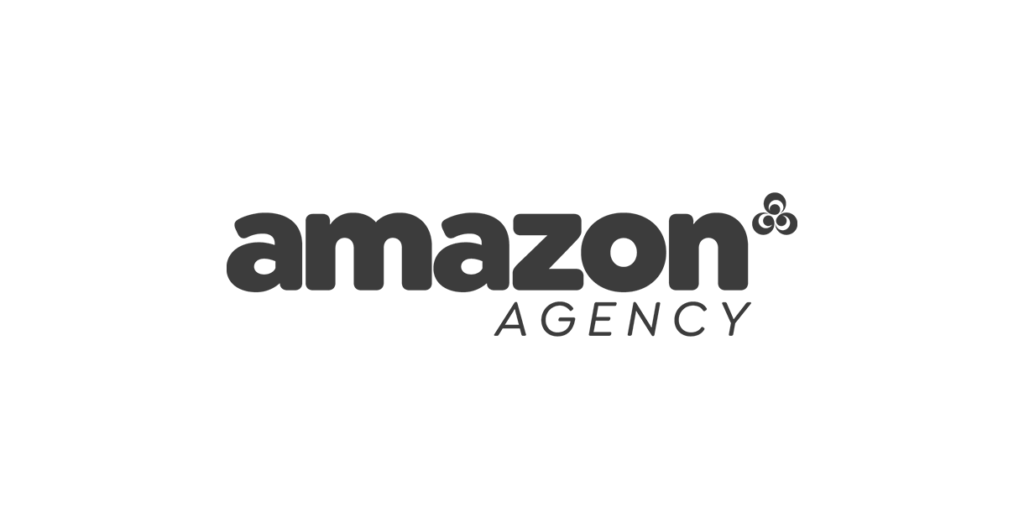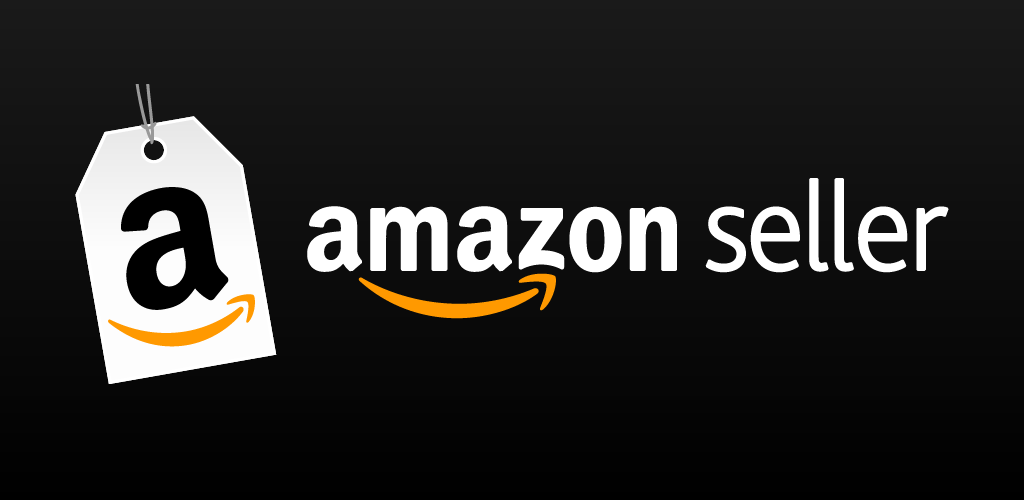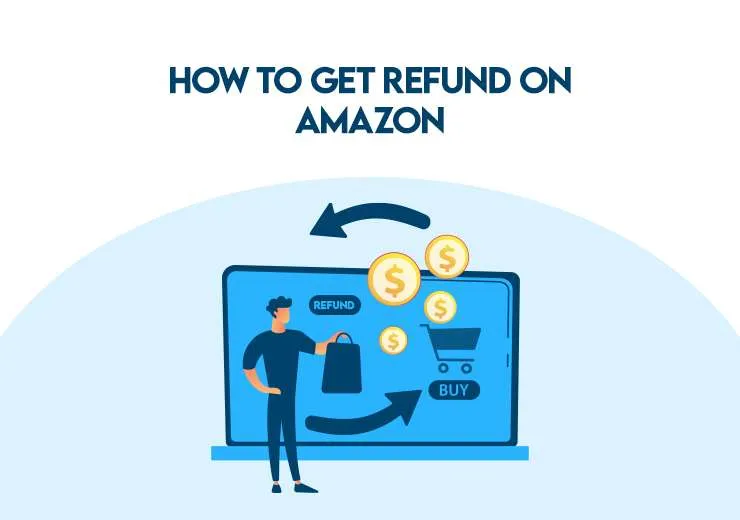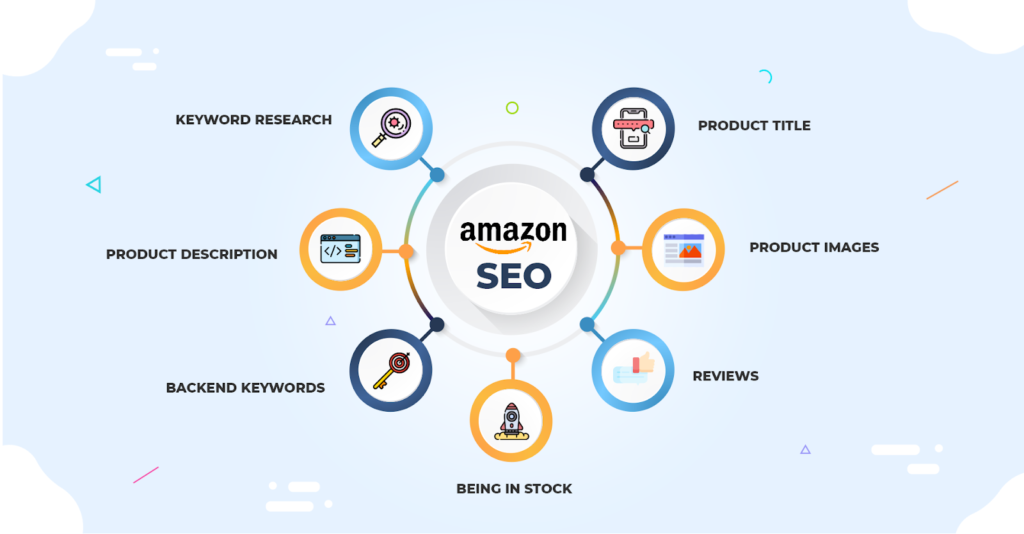Stop Bleeding Cash: Real Google Ads Monitoring for Amazon Sellers
Stop Bleeding Cash: Real Google Ads Monitoring for Amazon Sellers If you are an Amazon seller, chances are you’ve run Google Ads at some point to drive traffic to your product listings or storefront. While Google Ads can be incredibly powerful, many sellers discover the painful truth: without proper monitoring and optimization, you’ll end up bleeding cash instead of generating profit. This is especially true in the hyper-competitive Amazon space, where one wrong keyword or misplaced budget can quickly burn through your ad spend. That’s where The We One, a trusted digital marketing agency in the USA, comes in. Specializing in digital marketing services for Amazon sellers, The We One helps businesses stop wasting money and instead maximize every dollar spent on Google Ads, Amazon FBA, and social media campaigns. In this guide, we’ll explore why real-time Google Ads monitoring is essential for Amazon sellers, how The We One can help, and how integrating this with Amazon Seller Central, FBA management, and social media marketing strategies can take your brand to the next level. The Hidden Problem with Google Ads for Amazon Sellers Running Google Ads for Amazon seems simple: pick some keywords, set a budget, and drive external traffic to your product. But in reality, sellers face huge challenges: Unqualified Traffic: Without careful targeting, ads bring in clicks from people who never intend to buy. Wasted Ad Spend: Many sellers run broad-match campaigns that chew up budgets with irrelevant searches. No Proper Tracking: Sellers often can’t see which clicks are actually converting into sales on Amazon. Overlapping Campaigns: Ads compete against Amazon PPC campaigns, causing double-spend. These issues drain profits and leave sellers frustrated. The solution? Professional ad monitoring and optimization. Why Amazon Sellers Need Real Google Ads Monitoring Unlike typical ecommerce websites, Amazon listings don’t give sellers full control over tracking data. That means every dollar must be monitored with precision. Real monitoring ensures you: Eliminate wasteful clicks. Identify keywords driving real sales. Adjust bids to maximize ROI. Balance Google Ads with Amazon PPC campaigns. Scale winning campaigns without overspending. This is exactly what The We One delivers through its digital marketing services list (PDF available), covering ad management, Amazon SEO, and social media strategy. The Role of The We One in Optimizing Ads for Amazon As a top-rated digital marketing agency in the USA, The We One provides end-to-end solutions for Amazon sellers. Whether you’re a beginner learning how to sell on Amazon for free, or a seasoned FBA seller scaling into Amazon UK or online Amazon Canada, their expertise ensures you’re not wasting resources. Services Include: Google Ads Monitoring & Reporting Amazon Seller Central Account Management Amazon FBA Inventory Management Keyword Research for Google + Amazon SEO Social Media Integration with Ads Amazon Custom Products Launch Support With offices offering digital marketing services near me and a digital marketing services website full of resources, The We One stands out as one of the top 10 digital marketing websites for Amazon growth strategies. Amazon Seller Central + Google Ads: The Perfect Pairing To maximize Google Ads, you need seamless integration with Amazon Seller Central. This includes: Optimizing your Amazon seller account for traffic readiness. Ensuring correct setup during Amazon seller account sign-up. Tracking CTR, impressions, and conversions. Aligning ads with FBA product availability (to avoid running ads on out-of-stock items). When sellers ignore this alignment, it often leads to wasted budgets and frustrated customers. The Link Between FBA and Ad Performance Your Amazon FBA inventory management is directly tied to Google Ads ROI. Imagine spending thousands on ads, only to run out of stock—your rankings plummet and sales stall. The We One provides FBA inventory management support, ensuring: Real-time stock monitoring. Preventing overselling or underselling. Meeting Amazon FBA seller duties and responsibilities to avoid penalties. This balance of ads + FBA ensures maximum ROI. Social Media + Ads: Expanding Your Amazon Reach Google Ads aren’t the only external traffic source. Social media plays a huge role in boosting Amazon CTR and sales. With platforms like Amazon’s social media app, Facebook integrations, and influencer marketing, sellers now have more opportunities than ever. The We One specializes in Amazon social media marketing jobs, helping sellers create campaigns that: Target audiences with precise demographics. Drive Amazon social media followers to listings. Improve Amazon social media customer service and engagement. Model campaigns on proven Amazon social media marketing examples. With The We One’s integrated approach, Amazon’s social media marketing strategy works hand in hand with Google Ads to boost visibility and conversions. Beginner or Advanced Seller? Here’s How Monitoring Helps For beginners: Whether you’re using an Amazon individual seller account or learning selling on Amazon for beginners, monitoring prevents costly mistakes early. For advanced sellers: Those running multiple international accounts across selling on Amazon UK or online Amazon Canada need advanced monitoring to balance different marketplaces. The We One tailors strategies to both beginners and veterans, ensuring sustainable growth. Digital Marketing Services Beyond Amazon Google Ads monitoring is just one piece of the puzzle. The We One also offers: Comprehensive digital marketing services for small business Access to their digital marketing services list PDF for detailed breakdowns Content creation and SEO for ecommerce brands Brand development across multiple marketplaces Their reputation makes them one of the most reliable names in digital marketing services in the USA. Avoid These Common Ad Mistakes That Kill Profits Many Amazon sellers lose money because they: Run broad-match campaigns with irrelevant keywords. Forget to exclude negative keywords. Fail to adjust for seasonal trends. Send traffic to poorly optimized listings. Don’t align Google Ads with Amazon PPC. The We One eliminates these mistakes by running real-time monitoring, analyzing buyer intent, and aligning your ads with product availability and demand. Final Thoughts: Stop Bleeding Cash, Start Scaling Google Ads can either be a money pit or a profit machine—it all depends on how well you monitor and optimize them. For Amazon sellers, the stakes are even higher because of the competitive landscape and limited tracking data. By
